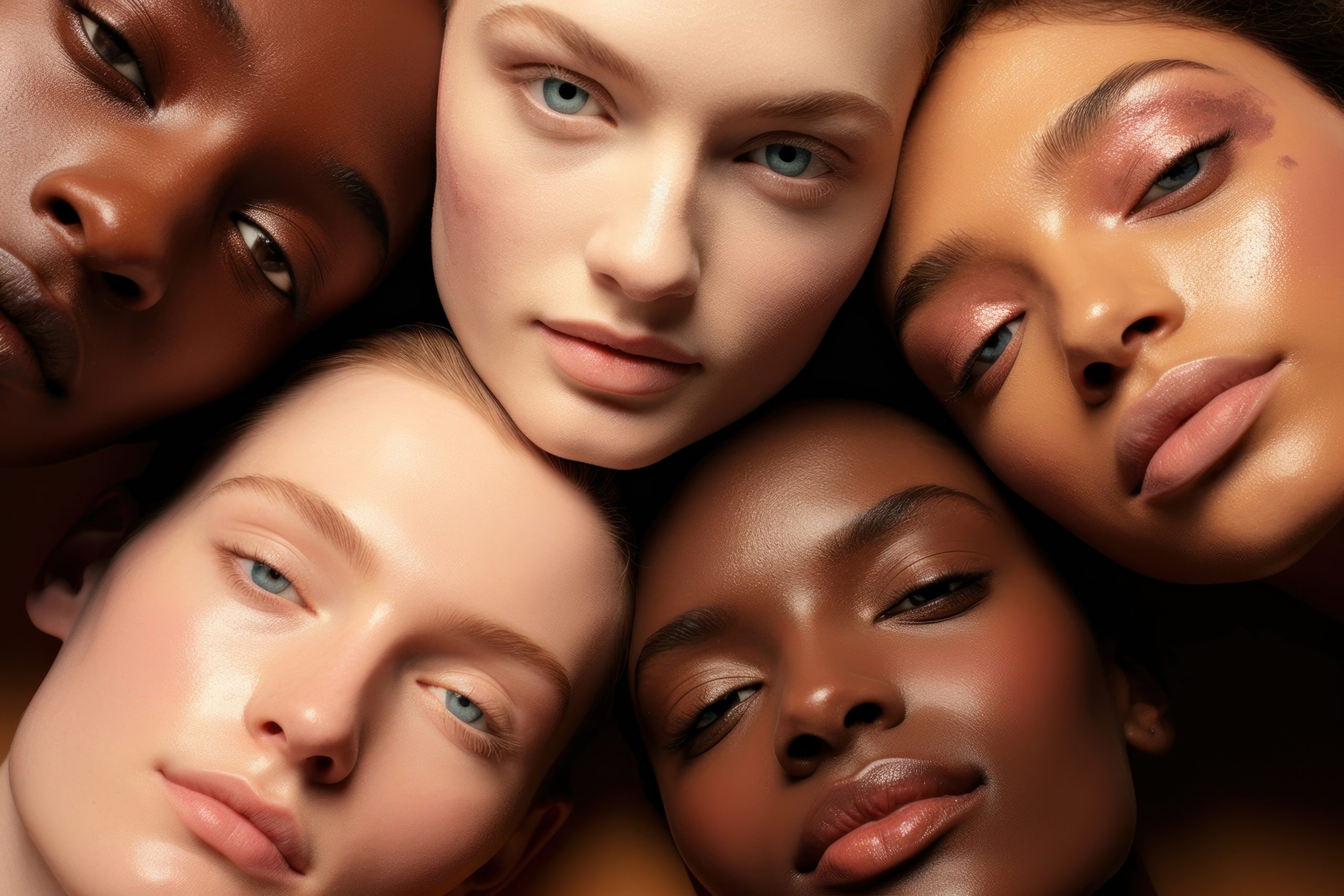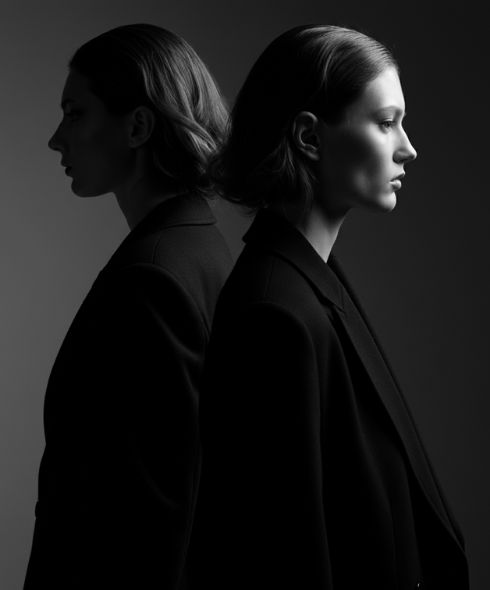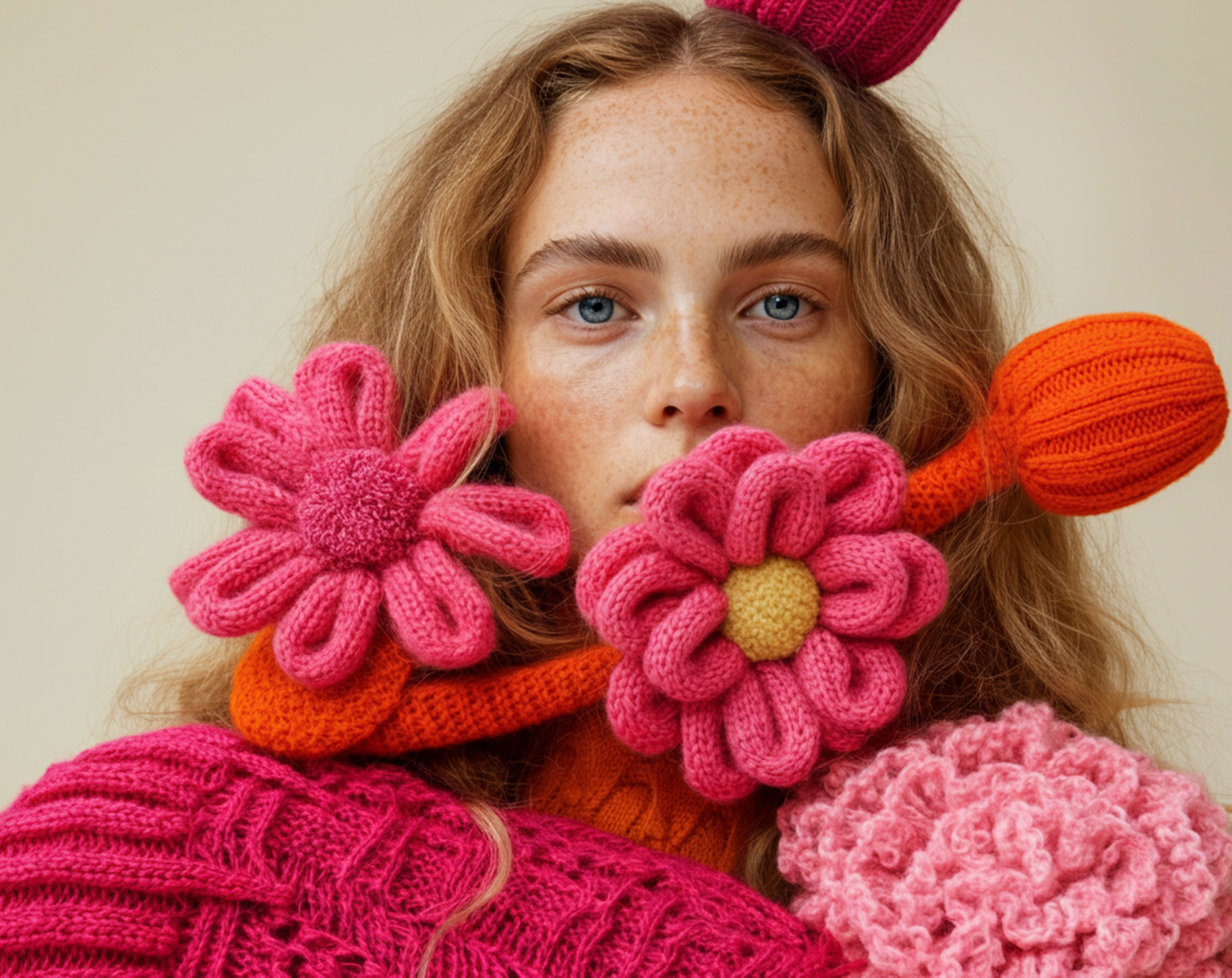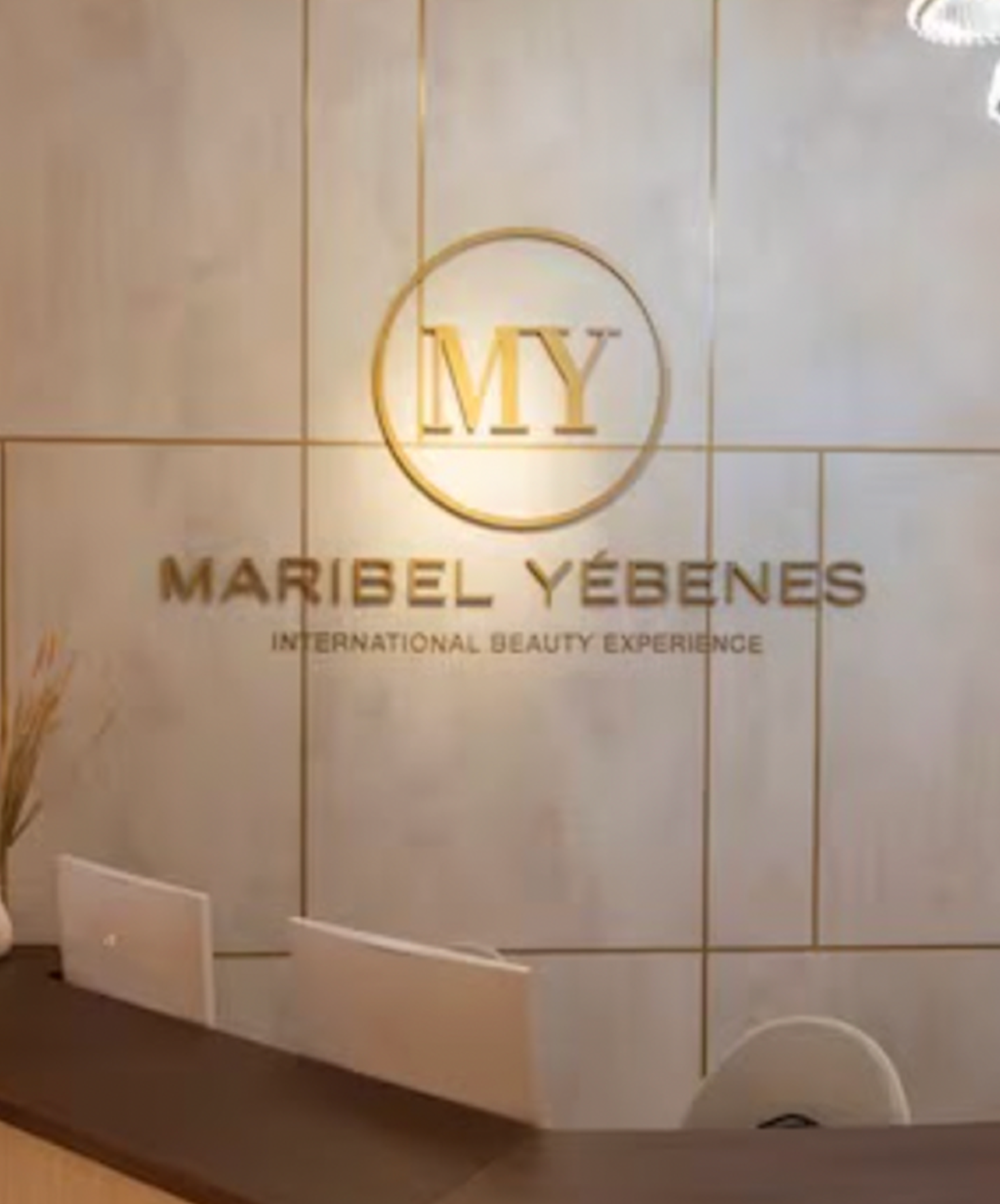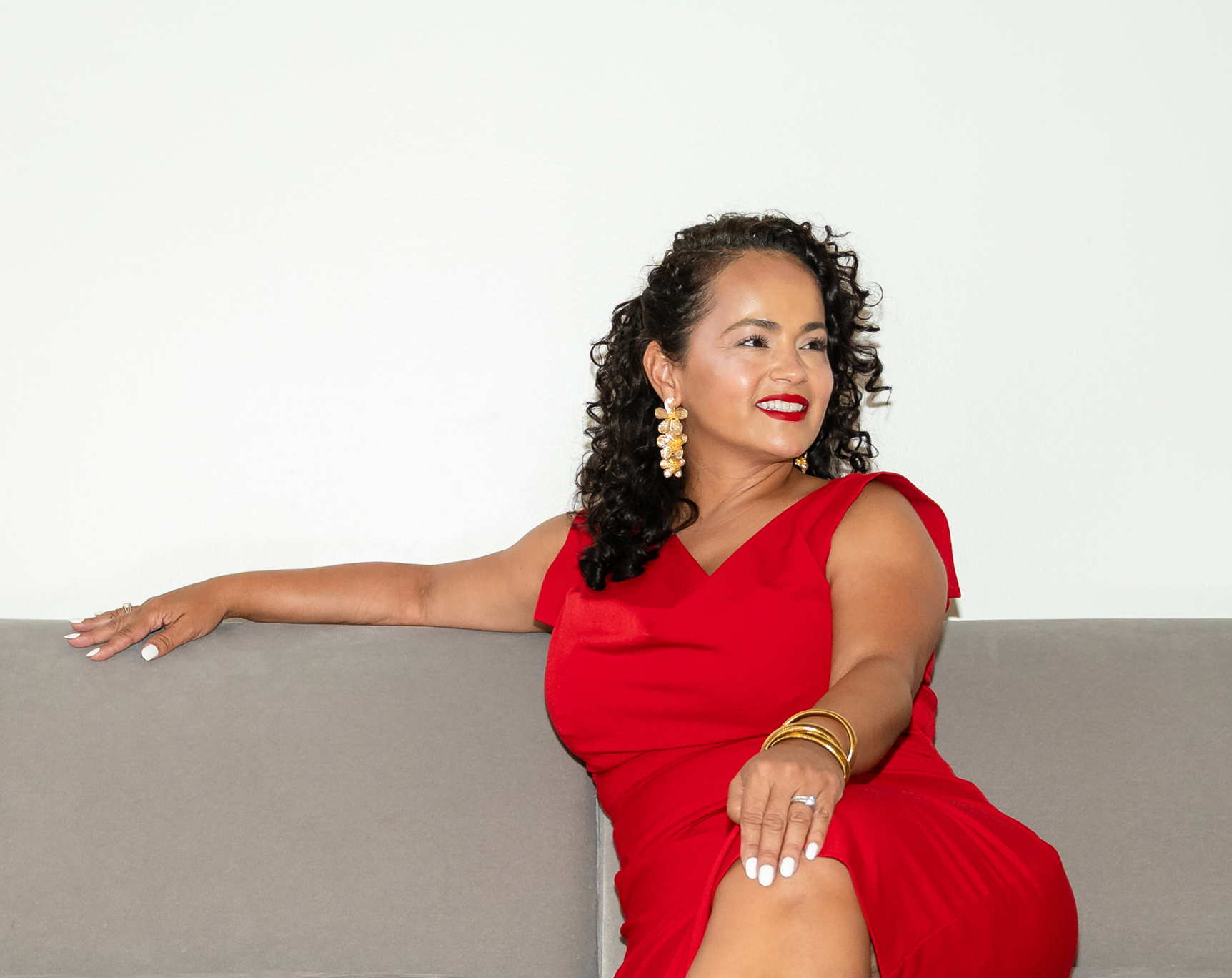Before there was foundation, there was skin. And beneath that skin, a story waiting to be seen. As a makeup artist, I’ve matched hundreds of faces to foundation. But the deeper I go into the craft, the more I realize this: Understanding your undertone isn’t just cosmetic. It’s ancestral. Because your undertone isn’t just color. It’s legacy. It’s lineage. It’s the memory of where you come from and how your skin learned to live under light.
A Brief History Beneath the Surface
The word “undertone” gets tossed around like a beauty buzzword. But it isn’t new. It’s old. Ancient, actually.
Undertones stem from evolution: geography, climate, sunlight, migration, and survival.
Skin tone, melanin, and those subtle hues beneath the surface are echoes of adaptation to how much sun your ancestors absorbed, what they ate, and the land that raised them.
In early cultures, ochres and clays weren’t just used to decorate the body. They connected people to earth, ritual, and identity. Fast-forward to the era of commercial beauty. Foundation shades skewed pale, neutral, and uniform, leaving millions unseen.
Only in recent years has the industry begun to recognize the full spectrum of human skin. But this isn’t just about inclusion. It’s about reclamation. Because choosing your shade shouldn’t feel like settling. It should feel like coming home.
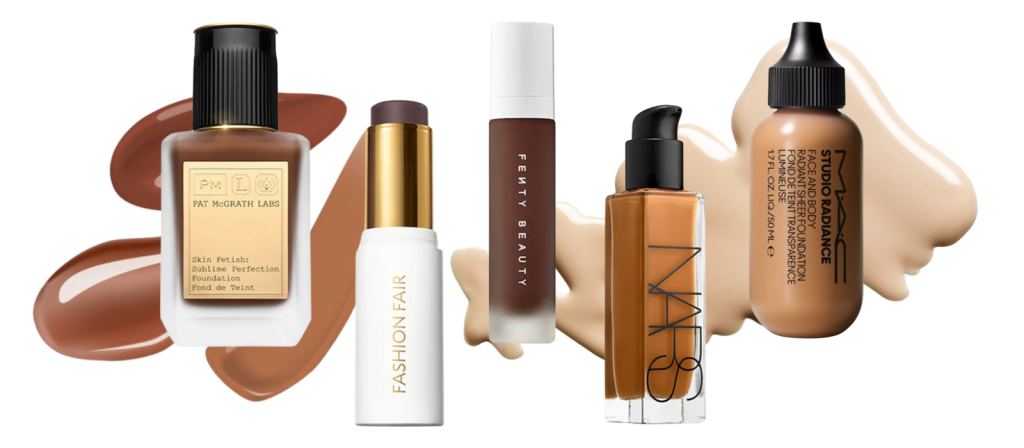
What Is an Undertone, Really?
Your undertone is the constant beneath the change.
It doesn’t shift with a tan or a breakout. It doesn’t care how bright your concealer is. It’s the quiet, steady hue that lives beneath the visible surface.
Typically, undertones fall into three categories:
- Warm: golden, peach, or honey-based hues
- Cool: pink, red, or blue hints beneath the skin
- Neutral: a blend that’s harder to define, often olive or muted
But here’s the nuance. Many of us don’t live inside neat boxes.
Especially those of us with mixed heritage, diasporic identity, or multicultural roots. Our undertone might evolve with seasons, light, and lineage.
Which is why the first step to finding your shade isn’t a mirror. It’s memory.
Beauty Ritual: Trace Your Lineage
Start with this question:
Where are my roots?
Ask about your parents. Your grandparents. Think about geography and history.
- Were they shaped by desert sun or northern cloud cover?
- What foods did they grow up eating? (Yes, diet affects skin chemistry.)
- Are you of mixed descent? Then your skin may shift with the light, a breathing archive of blended identity.
This isn’t just about beauty. It’s about perspective.
Your skin is not a problem to solve. It’s a map to interpret.
My Practice: Listening to Skin Before Touching It
When I work with clients, I don’t start by swatching products.
I start by watching them.
I watch how their skin catches natural light.
I note the color around their eyes, the shape of their lips, the way they describe themselves.
Foundation isn’t about coverage. It’s about conversation.
You’re not matching a product to your face.
You’re matching the product to your frequency—your glow, your history, your hue.
So next time you’re at a counter or scrolling through swatches online, ask yourself not just:
What’s my shade?
Ask: What’s my story? Because your skin remembers.
And when you honor that, your beauty doesn’t just match.
It resonates.
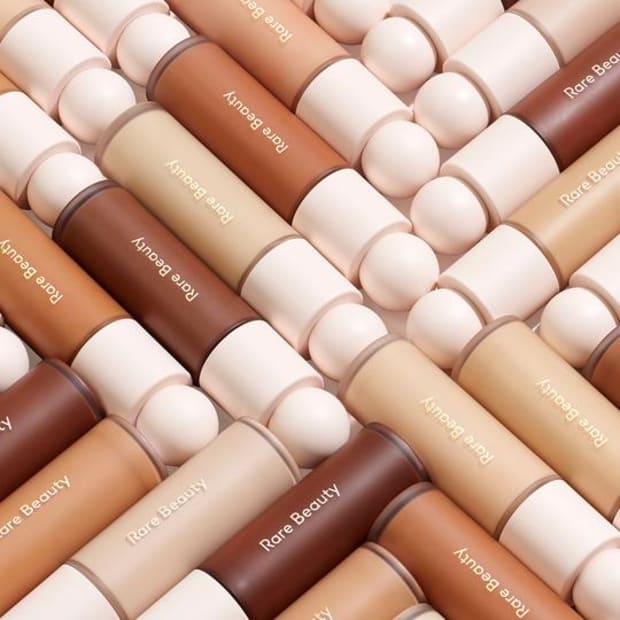
Closing Reflection
Your undertone is your undercurrent.
It’s the whisper of your lineage speaking through your skin.
When you find it, really find it,
you’re not just wearing foundation.
You’re standing in it.
